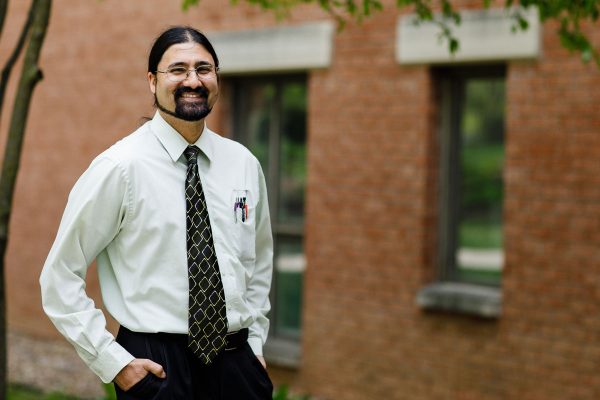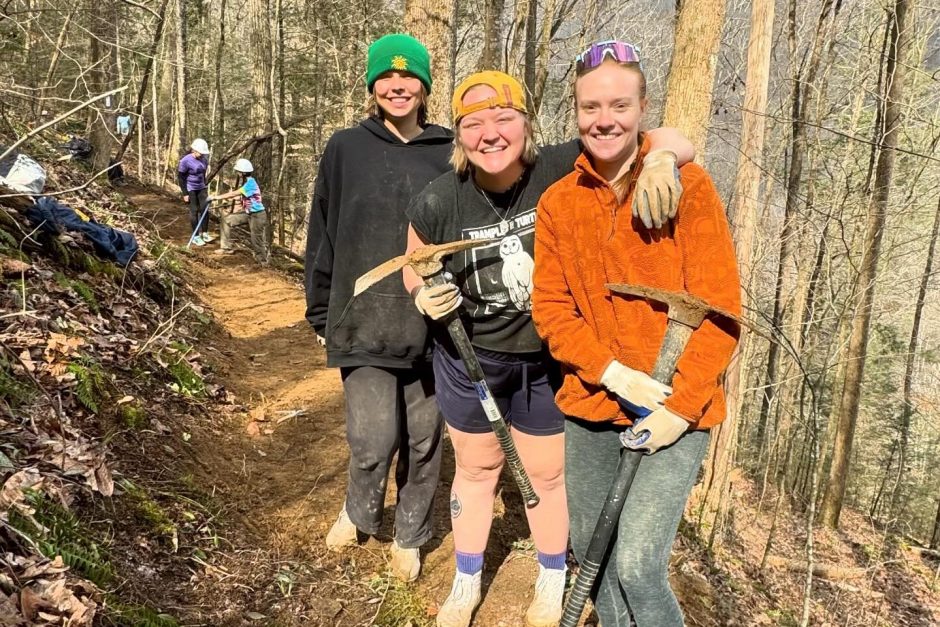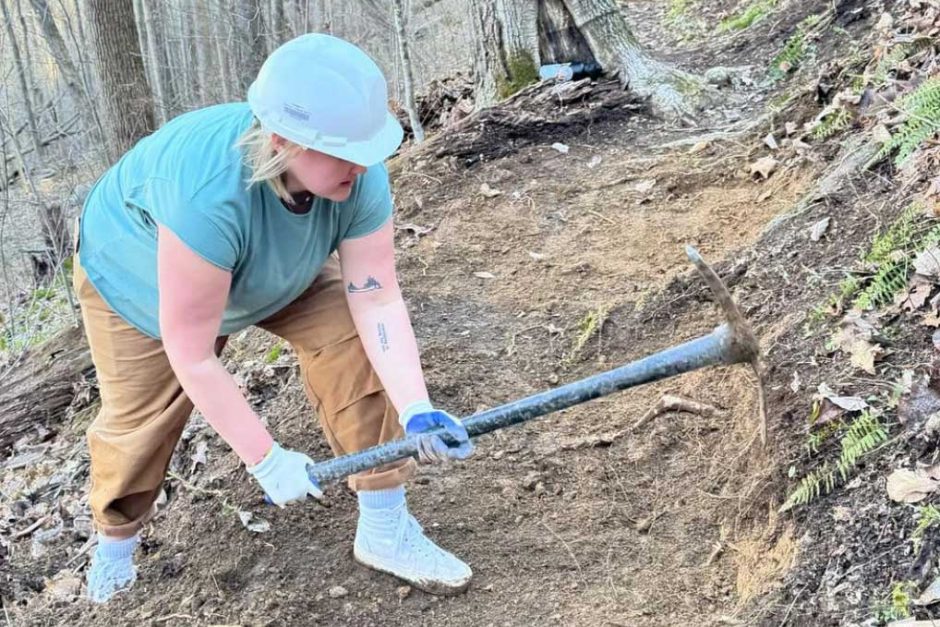Last Word: Reflections on Russell Science Center, 1 block in
I came to Cornell because of the people. Engaged students and caring, enthusiastic staff and faculty were evident throughout my first visit in 2000, and these characteristics of the Cornell community overshadowed the facilities and carried me through a transformative four years in college.  Now, in 2019, I’m the professor. Teaching on the block plan facilitates much higher levels of intense focus, collaborative learning in authentic environments, and connections among students, staff, and faculty than the semester or quarter plans. Our design of the Russell Science Center placed these strengths (and many more) at the core of the building design. In its first block of use, Russell Science Center has already exceeded my expectations. Here are my three favorite aspects, so far:
Now, in 2019, I’m the professor. Teaching on the block plan facilitates much higher levels of intense focus, collaborative learning in authentic environments, and connections among students, staff, and faculty than the semester or quarter plans. Our design of the Russell Science Center placed these strengths (and many more) at the core of the building design. In its first block of use, Russell Science Center has already exceeded my expectations. Here are my three favorite aspects, so far:
1) Teaching labs.
Several classrooms are directly adjacent to an associated lab; this enhances our ability to flow from lecture to lab—and back—when it is most appropriate for our content as opposed to when the schedule allows.
2) All faculty offices are in the front of the building on all floors, readily accessible and visible from the new, extended ped mall.
Interactions among faculty, students, and staff are enhanced with several inviting and informal spaces, which are sprinkled throughout the building. These include spaces directly outside of faculty offices and lounge areas at the end of hallways with large windows and amazing views, which are quickly becoming prime spots for gatherings.
3) New research spaces for biology and chemistry provide large, shared labs that enhance interdisciplinary and multidisciplinary research and student-faculty collaboration.
This will further strengthen our capstone courses and the Cornell Summer Research Institute.
Work carried out in my new lab during Block 4 by Dominique Fleming ’19 illustrates this. She was completing independent research for her capstone, which included chemical purification, the formation of artificial cell membranes, monitoring electrical currents through these membranes, and organizing data in Excel. She performed purifications in the organic and analytical lab, used our nuclear magnetic resonance spectrometer for characterization, created artificial membranes in the chemistry research lab, and did her writing in the fourth-floor common area just outside of the faculty office area—all in 18 days.
While the labs in the building are designed for biology and chemistry, the common areas are for all Cornellians. For example, I found Mia Farinas ’20 perched on the fourth-floor overlook writing essays for her sociology class over the weekends of that same block.
Looking forward, campus improvements continue—the renovation of West Science Hall is in process and Law Hall will follow. Once completed this fall, I’ll be able to say, nearly two decades from my first campus visit, that these new and updated facilities enhance the student experience, just as our staff, faculty, and students do.



